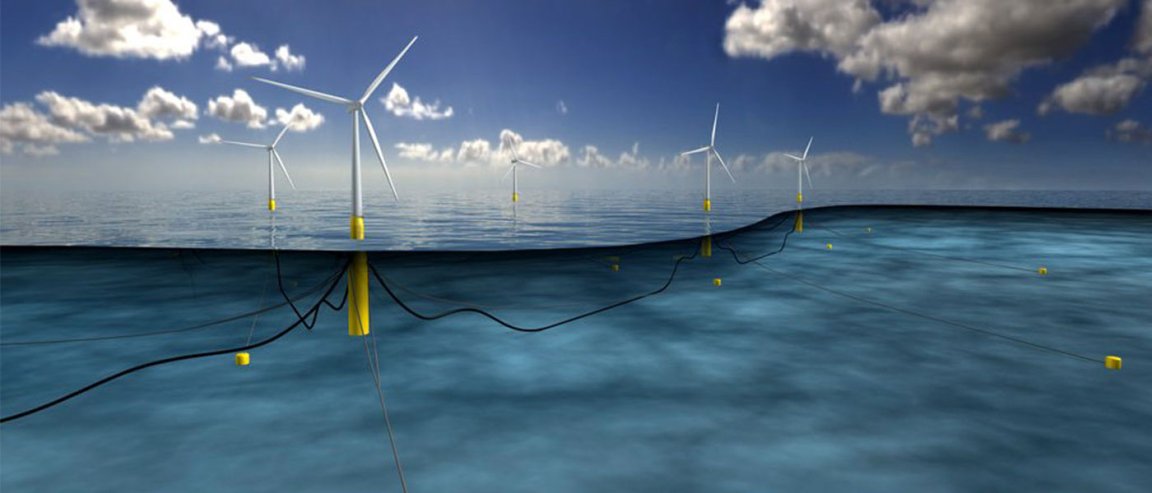
The Norwegian energy company, Statoil, is planning to have five 6MW Hywind turbines in place about 24 km (15 mi) off the coast of Scotland and fully operational by next year.
“Floating offshore wind is an exciting technology with huge, global potential, and it’s great to have this world first in Scottish waters,” said Lindsay Roberts of Scottish Renewables.
It’s all part of a concerted push to tap into the immense promise of open ocean wind energy, by creating fleets of floating wind turbines that can avoid the high costs and visual impact of offshore turbines and also harvest the greater energy potential of winds at sea.

Most offshore turbines require concrete and steel pedestals and foundations to be driven into the seafloor—a process with environmental implications, and one that becomes prohibitively expensive at depths greater than 40 m (131 ft).
But the Hywind turbines consist of a steel tube as a foundation, filled with ballast and floating in the water column; the whole apparatus is anchored to the seafloor. It circumvents the issues with licensing and permitting that arise from developing most on- and offshore wind farms—an especially difficult business in the United Kingdom.